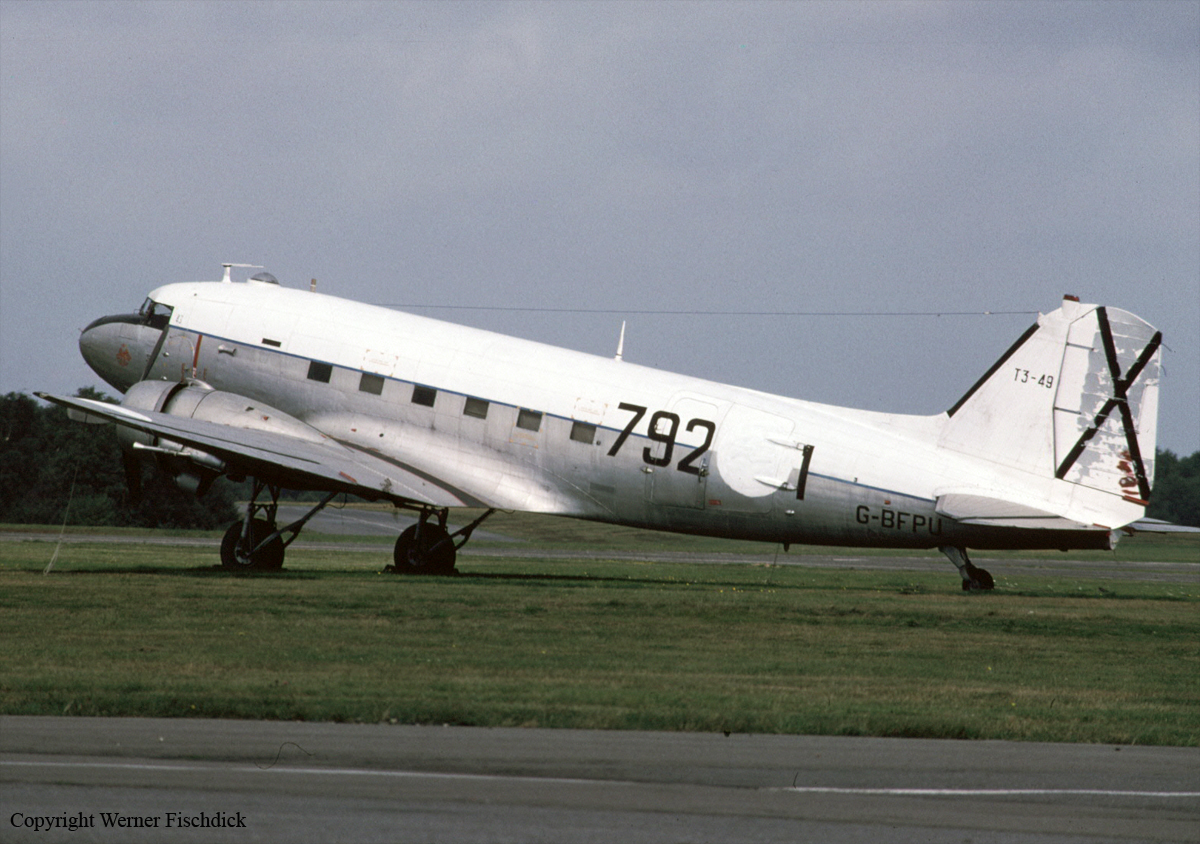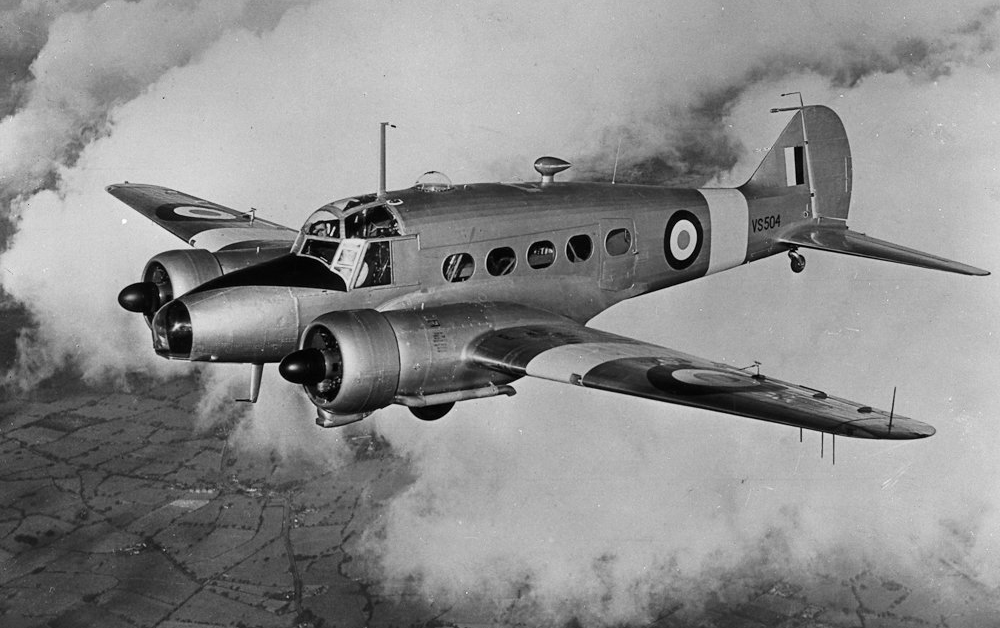Crash of a Fokker F27 Friendship 200 in Al Dabbah
Date & Time:
Jul 2, 1985
Registration:
ST-AAR
Survivors:
Yes
Schedule:
Khartoum – Al Dabbah – Dongola – Wadi Halfa
MSN:
10193
YOM:
1962
Crew on board:
5
Crew fatalities:
Pax on board:
26
Pax fatalities:
Other fatalities:
Total fatalities:
0
Aircraft flight hours:
38491
Aircraft flight cycles:
26104
Circumstances:
For unknown reasons, the aircraft landed hard at Al Dabbah Airport. After touchdown, the pilot completed the braking procedure and after the aircraft had been parked, all 31 occupants were evacuated safely. Due to excessive g loads and severe structural damages, the aircraft was considered as damaged beyond repair.








